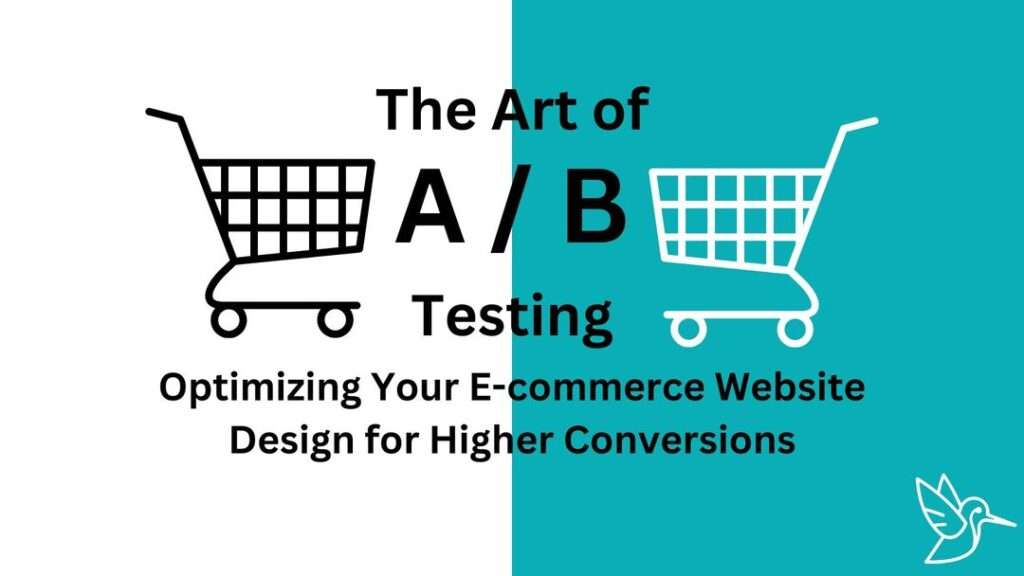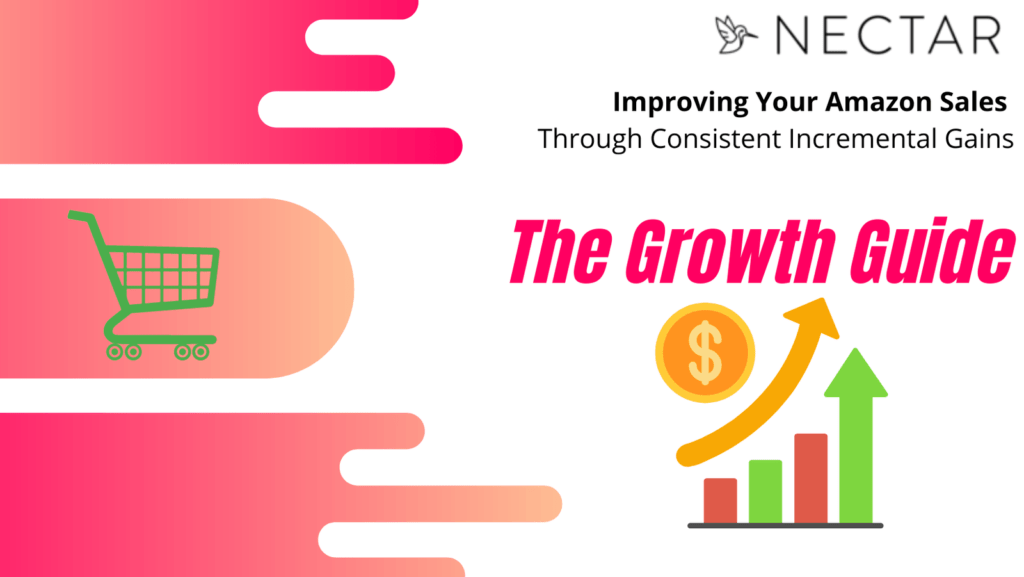Paid advertising is a great way to accelerate the growth of your brand online in e-commerce retail. Google Ads are, of course, one of the most used and valuable to driving traffic to your site. Google Ads offers a plethora of features and tools to help businesses achieve these goals. However, to truly maximize return on investment (ROI), e-commerce brands need to go beyond basic bidding techniques and explore more advanced strategies that are tailored to their specific needs.
Businesses can (and many do), create a basic ad campaign and rely on a list of keywords and automated bidding strategies to drive traffic. While this can work to a certain extent, it is often cost-ineffective. Ad platforms are a business themselves, after all, and desire to make money from those that use them. While automated bidding and targeting can work, we recommend you use more specific and well-informed choices when setting a strategy. Nectar has had great success making tailored campaigns for our partners. Using carefully crafted Google Ads strategy regularly helps us get as high as 19X Return on Ad Spend for our partners, with an average of 5X.
So, let’s get familiar with some Google Ads features and terminology and how they can enhance your ROI.
Getting the basics down:
It’s essential to have a solid understanding of the basics. There are several bidding options, including manual bidding, automated bidding, and enhanced cost-per-click (ECPC). Each strategy has its own merits, but brands must choose the most suitable approach based on their campaign goals, budget, and target audience.
Smart Bidding:
An automated bidding strategy powered by machine-learning algorithms. It allows brands to optimize bids for each ad auction, leveraging real-time data and historical performance. Smart bidding takes into account various factors such as device, location, time, and conversion probability to set bids that maximize the chances of achieving a desired outcome. This way, brands can save time plus improve their ROI by leveraging the power of automation and data-driven decision-making.
Example: A home decor e-commerce site uses Smart Bidding to dynamically adjust bids in real-time, considering factors like user location and past purchase history, to promote a new line of furniture.
Target ROAS (Return on Ad Spend):
A Smart Bidding strategy that enables e-commerce brands to optimize for a specific target return on their ad spend. Setting a target ROAS allows advertisers to ensure their campaigns generate revenue at a desired return rate. This strategy is particularly effective for brands with a clear understanding of their profit margins, and the value of each conversion. Here, brands can fine-tune their bids to achieve their desired ROAS goal and thus maximize ROI.
Example: An online electronics retailer sets a target ROAS of 4:1 for their holiday sales. This strategy ensures that for every dollar spent on ads, four dollars are generated in sales, optimizing their ad budget.
Target CPA (Cost per Action):
A Smart Bidding strategy tailored to get as many “actions” (conversions, for example) as possible at a target cost per action. At auction time, Target CPA uses historical information and contextual signals to create an optimal bid based on the auction’s likelihood to convert. Using this conversion data, it essentially maximizes clicks that are most likely to convert and minimizes any unnecessary spending. Target CPA is great for businesses who want as many conversions as possible, with a set limit on how much they’ll pay per conversion on average. This helps businesses to have a clear picture of how much each conversion is costing them, and allows them to better control ROI by gaining conversions at an optimal cost.
Example: A beauty products e-commerce store uses Target CPA to acquire new subscriptions to their monthly beauty box. They set a specific target cost for each new subscription, optimizing their ad spend.
Enhanced Cost-per-Click:
A partially automated strategy that adjusts bids for clicks that seem more or less likely to convert. By using real-time signals (browser type, location, and/or time of day), ECPC can raise your bid for clicks that have a higher probability of converting, and lower your bid for clicks that seem less likely to convert. ECPC is different from Smart Bidding in that it takes into account your manual bids (and bid adjustments), and then adjusts your max cost per click (CPC) in order to compete harder for higher-probability clicks (while trying to keep your average CPC below the max CPC you set). The user still sets the original bids, so there’s manual work involved, whereas smart bidding campaigns fully automate your bidding strategy and don’t require manual bids to be set. This is ideal for users who wish to keep some degree of control over their bids while utilizing machine-learning help to maximize the amount of conversions coming from those bids.
Example: An online bookstore uses ECPC to boost the promotion of bestsellers. The strategy automatically adjusts bids based on the likelihood of conversion, considering factors like the reader’s previous browsing behavior.
Similar Audiences:
A feature that allows brands to reach new potential customers who share similar characteristics with their existing customer base. Google Ads analyzes user behavior patterns and interests, and identifies target users who are likely to have a high propensity to convert. Brands can leverage advanced bidding strategies by adjusting bids based on the likelihood of conversion for different segments within Similar Audiences. This approach enables brands to expand their reach, while maintaining a focus on audiences with the highest potential for a greater ROI.
Example: A fitness apparel online retailer leverages Similar Audiences to target users with similar workout interests and purchase behaviors as their existing customers. By focusing on this segment, they can expand their reach while maintaining a high conversion probability.
Get educated and make campaigns with specific intent
Using any of these features allows brands to go beyond basic bidding and strategically tailor their campaigns toward specific objectives. However, for any of these to be successful, continuous monitoring and optimization is required. To be on top, your brand must be able to focus on campaigns, adapt to the changing market dynamics of Google Ads, and adjust for evolving consumer behavior. Staying informed, thinking strategically, and being proactive will allow us to unlock the potential within Google Ads, and achieve better results for your business.
If you need help with paid advertising, don’t hesitate to reach out to Nectar. We’d be happy to help you set a strategy for long-term growth and profitability.






